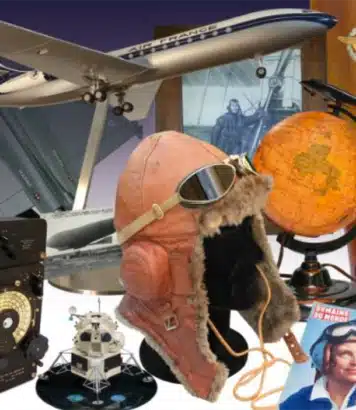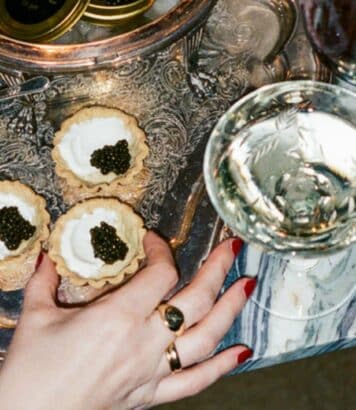Musée des Arts Décoratifs sheds light on the “model deposit” in a fascinating exhibition

The Musée des Arts Décoratifs in Paris opens its doors to a unique exhibition entitled “La mode en modèles: Photographies des années 1920-1930”, available until January 26, 2025.
This retrospective looks at “model registration”, a little-known but crucial practice of the 1920s-1930s, used by the major luxury houses to combat counterfeiting. Faced with the cultural effervescence of the interwar period, this procedure enabled designers to protect their works from increasingly frequent imitations.
The model deposit consisted of shots of outfits taken from different angles to capture every detail, serving as legal evidence in the event of litigation. “These archives bear witness to a creative heritage and an era when French fashion was reinventing itself,” explains the museum. Through the photographs on display, visitors discover iconic names such as Elsa Schiaparelli, Jean Patou and Madeleine Vionnet, figures who left their mark on fashion with daring creations that have become benchmarks. In 1921, Vionnet, pioneer of the bias-cut, defended her invention against copies in court, giving legitimacy to the process.
An artistic exploration of fashion photography
Although strictly a legal practice, model registration quickly outgrew its primary function to become a creative act. Some couturiers, like Paul Poiret, placed their models in artistic settings, surrounded by works of art and furniture, transforming the shots into veritable works of photography. Madeleine Vionnet, for her part, played with mirror effects to accentuate the perspective and movement of her outfits.
These photographs, signed by renowned artists such as Man Ray, Paul Béjat and Thérèse Bonney, reflect an era when fashion and photography intertwined, creating a unique, avant-garde style. This movement contributed to the rise of the fashion press and the sale of high-end items, despite their initial private use. The exhibition offers a fascinating testimony to this era, while highlighting the importance of design registration in protecting fashion intellectual property.
Against a backdrop where counterfeiting is still rife, this exhibition pays tribute to the expertise of couturiers and the intangible heritage of French luxury. It reveals a part of fashion history where art and legislation combine to preserve the uniqueness and authenticity of French creations.
Also read: The Louvre and L’Oréal: a collaboration on beauty



